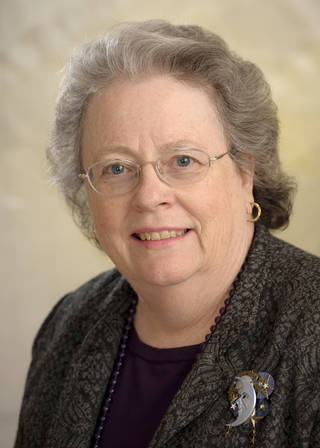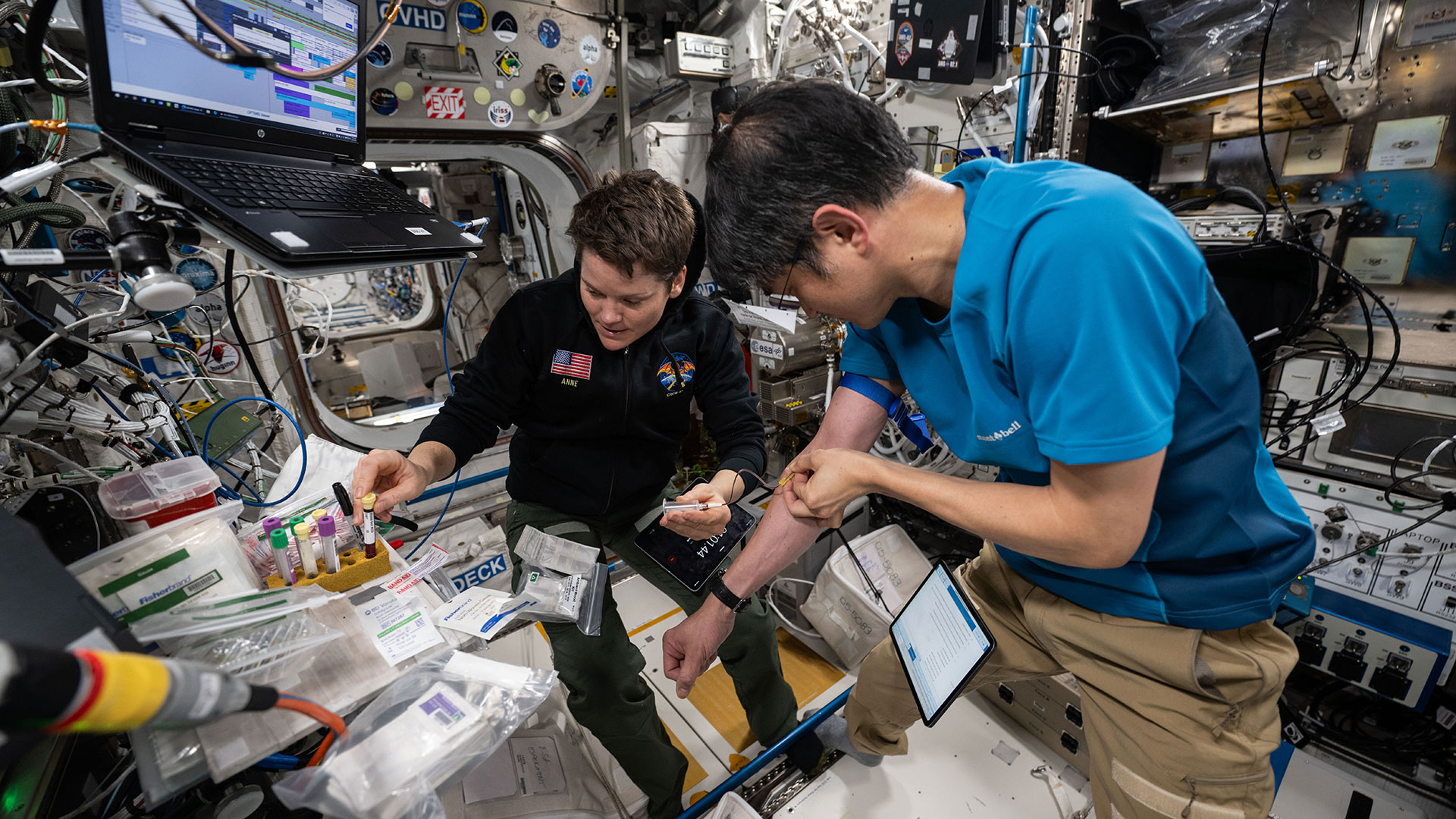Ten Thousand Teachers, Ten Million Minds
The American Geophysical Union met in San Francisco last week, as it does each year. More than 11,000 geologists, students and educators gathered together to present papers and posters, attend lectures, learn about new discoveries, and share the science of Earth and other planets. AGU has become the site for significant sessions on Earth and space science education.
On Tuesday, December 6, I attended the oral and poster sessions on teacher professional development programs that promote authentic scientific research in the classroom. Program leaders and participants described projects that place teachers in the research environments and expect them to act as scientists. The programs included research labs at medical schools and hi-tech industries, local forests and salt marshes, ocean-going ships, astronomical research observatories, NASA space missions, and field expeditions in the Arctic and Antarctic. The core of each of these programs was an authentic research experience for K-12 teachers.
Science teachers, even those with majors in their disciplines, often lack authentic research experience. They've learned about science and conducted carefully scripted laboratory experiments and exercises in their undergraduate days. Most have not had the experience of asking an excellent question, and then defining the hypothesis that can be tested in the research environment. Most have not struggled with the messiness of gathering data, sorting out bad data, and analyzing research data as scientists actually do. Often, science teachers are excellent communicators of science as we know it, but less often can they facilitate authentic research in the classroom. In part, this is due to a lack of experience, a deficit that these programs aim to change.
Do teacher-research programs work? It's a good question. These programs feel right because they immerse teachers in the scientific environment. Scientists work with teachers, conducting research, and directly engage teachers in the process. Some scientist-teacher teams co-publish scientific papers. The teacher-participants love the experience, and praise the difference it makes in their understanding of scientific research. That's the qualitative side of the question.
Research of program outcomes also supports the notion that teacher-researcher training works. Data from a program at Columbia University for high school science teachers (to be published) support the effectiveness of bringing teachers into the research environment. Student performance improved on standardized exams, and teacher retention improved. More students participated in science clubs, and more worked on research projects. With more than half of science and math teachers leaving the profession in the first 5 years, this is a significant outcome. Further, these research-experienced teachers become the teacher-leaders in their schools: department chairs, principals. Inspired teachers are better teachers and it shows in their classrooms and in their schools.
The recent National Academies of Sciences report (Oct. 2005), "Rising Above the Gathering Storm," assesses the role of science and technology in the economic future of America. The NAS Committee on Prospering in the Global Economy of the 21st Century was tasked by Congress to identify ten actions, in priority order, that federal policy makers could take to assure America's economic future. The top priority is to "increase America's talent pool by vastly improving K-12 mathematics and science education:" The report calls for a program to "recruit ten thousand teachers, educate ten million minds." This is the number one priority for this report.
What is the current situation? According to the US Department of Education, National Center for Education Statistics (2003), there is a major shortage of science and mathematics teachers (as cited in "Rising Above the Gathering Storm").
Get the Space.com Newsletter
Breaking space news, the latest updates on rocket launches, skywatching events and more!
Students in US Public Schools Taught by Teachers with No Major or Certification in the Subject Taught, 1999-2000
Grades 5-8--Middle School
English 58%
Mathematics 69%
Physical Science 93%
Grades 9-12--High School
English 30%
Mathematics 31%
Physical Sciences 63%
Biology/Life Science 45%
Chemistry 61%
Physics 67%
I find these numbers scary. No wonder China and India are out-stripping the US in the production of engineers, scientists and mathematicians. Our schools lack trained people. As I noted in my column, "Teachers Deserve More Than Thanks", this problem is partially the consequence of the low salaries for K-12 teaching in comparison to other careers that mathematics and science graduates can pursue. We need to invest in teachers to assure our economic future.
The US needs science and math teachers. It needs more science and math teachers, and it needs better trained science and math teachers. As the "Gathering Storm" report continues, "We need to recruit, educate, and retain excellent K-12 teachers who fundamentally understand biology, chemistry, physics, and mathematics. This critical lack of technically trained people in the United States can be traced directly to poor K-12 mathematics and science instruction. Few factors are more important than this if the United States is to compete successfully in the 21st century."
The programs that provide authentic research experiences for teachers are an essential part of the solution. They train current science teachers as scientists, which improves their knowledge, their skills, improves student performance, and helps to retain teachers in schools. Are these inexpensive? No. Can they train hundreds of teachers at a time? Not likely. Are they worthwhile and effective? Yes. NSF and NASA could invest in these to the benefit of schools across the nation.
There are times when the solution to a problem requires investment. Better math and science teaching and learning will cost money for training, equipment, materials, and salaries. The NAS Committee on Prospering the in Global Economy of the 21st Century was led by Norman Augustine, retired chairman and CEO of Lockheed Martin Corporation. He and his committee of corporate and university leaders made math and science teachers their top priority. It's about time the rest of us do as well.
Join our Space Forums to keep talking space on the latest missions, night sky and more! And if you have a news tip, correction or comment, let us know at: community@space.com.

Edna DeVore is a science and astronomy educator and the former Director of Education and Public Outreach for the SETI Institute. She earned an undergraduate degree from the University of Pacific followed by a master's degree in instructional technology from San Jose State and a master's in astronomy from the University of Arizona. In 1992, Edna joined the SETI Institute, where she wrote features on space exploration, astrobiology and more, some of which appeared on Space.com. She was among the first principal investigators to propose projects to NASA's Office of Space Science and receive funding for educational programs. Edna went on to work on education and public outreach for NASA's Kepler space telescope and SOFIA flying telescope missions. Edna received numerous awards during her tenure at SETI, including NASA Honor Awards for her work on Kepler and SOFIA, and Aerospace Awareness Award for Women in Aerospace in 2005. Edna retired in 2013.
